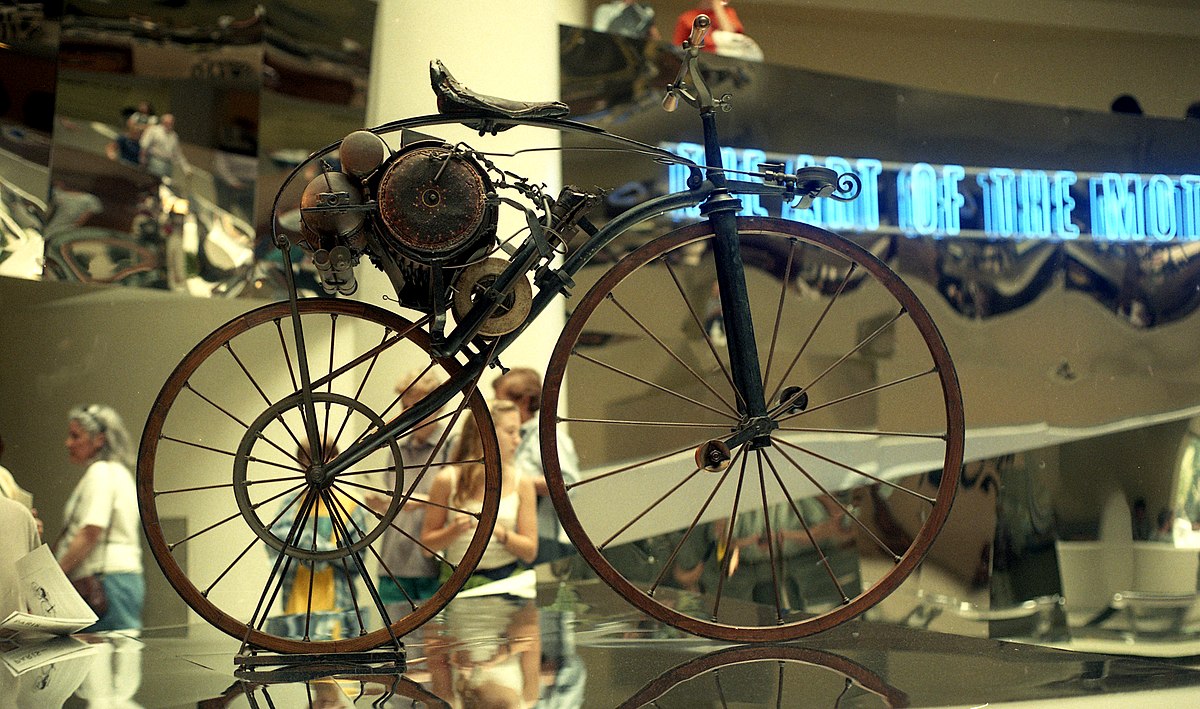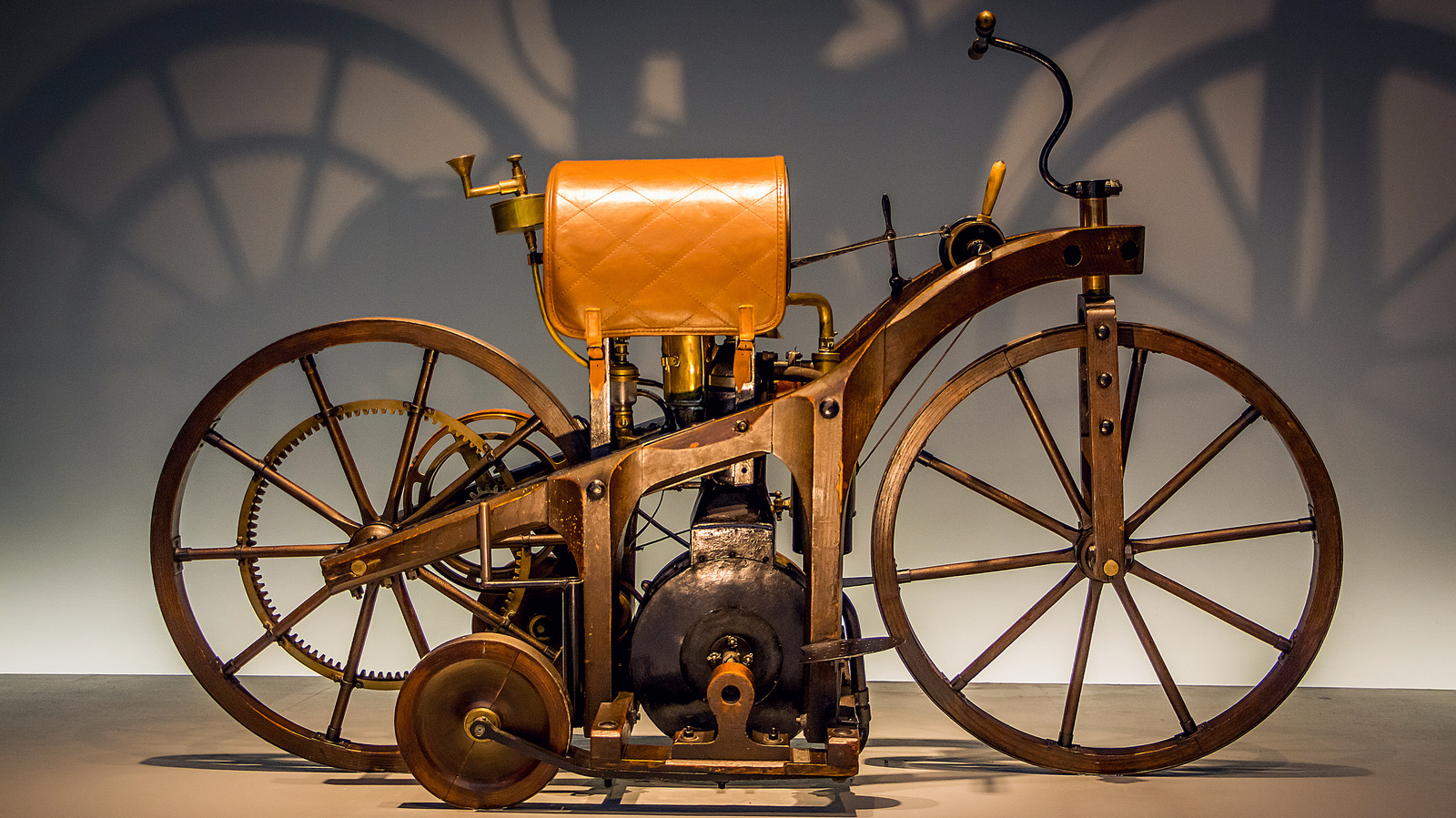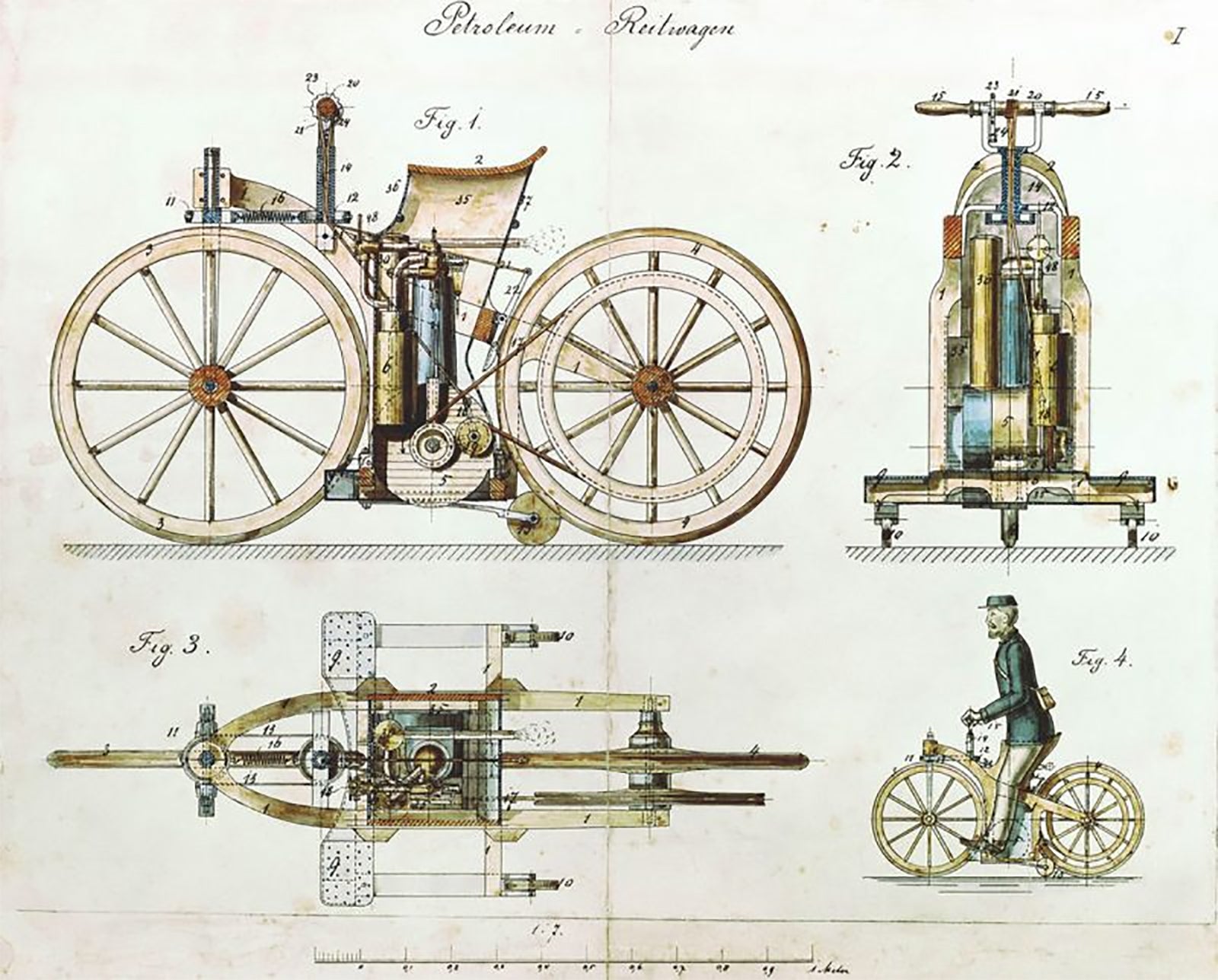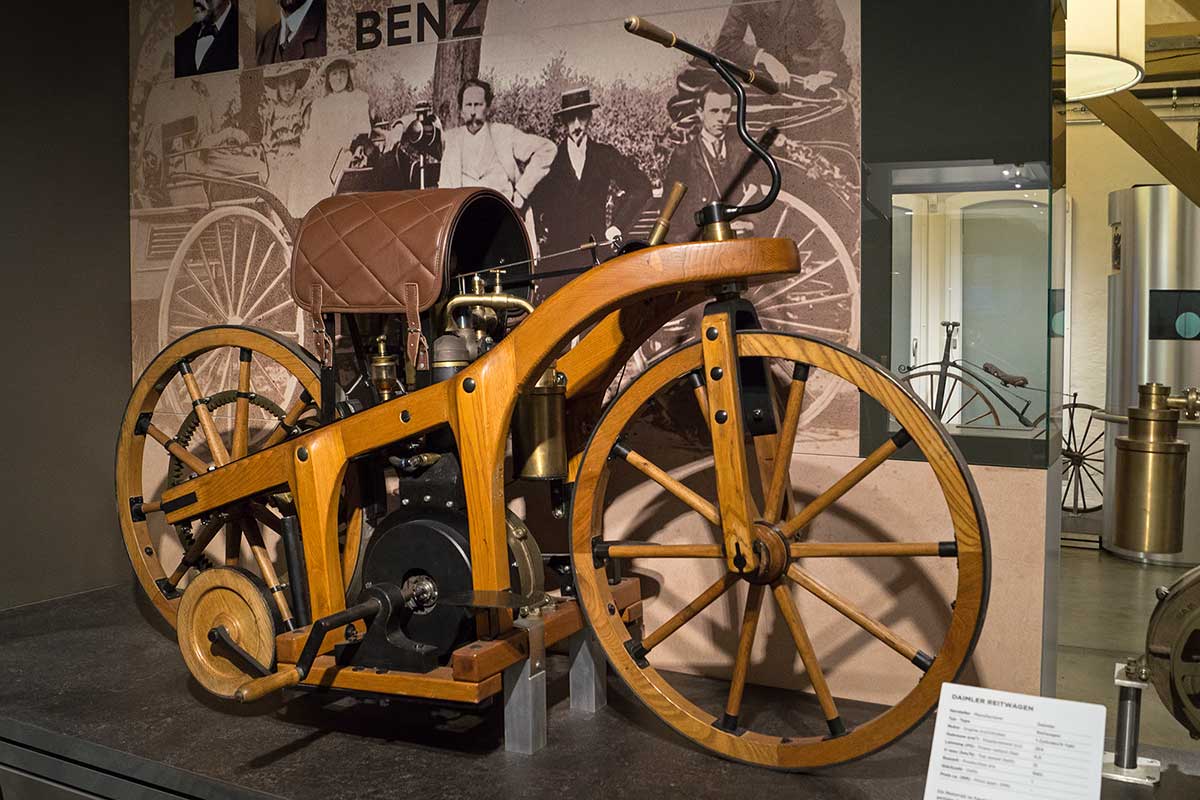The Birth of the World’s First Motorcycle

The invention of the first motorcycle was the result of a series of events and technological advancements. During the late 19th century, the Industrial Revolution was in full swing, driving innovation and progress in various industries, including transportation. During this time, engineers and inventors experimented with different forms of propulsion.
At the end of the 1860s, the world’s first motorcycle was born as the Michaux-Perreaux steam-powered velocipede. It was created by Pierre Michaux, a blacksmith in France. Although its acceleration capabilities were limited, it laid the foundation for future advancements.

In 1876, Nikolaus Otto was granted a patent for the four-stroke engine, marking a significant milestone in engine technology. This breakthrough provided a reliable and efficient engine system for transportation vehicles. Inspired by these advancements, engineers began exploring the idea of adapting internal combustion engines to power two-wheeled vehicles. Among them was Gottlieb Daimler, a talented German engineer known for his contributions to the automotive industry.
Less than a decade later, in 1885, Daimler and Wilhelm Maybach made a significant impact by collaborating to create the world’s first gasoline-powered motorcycle, the Daimler Reitwagen. With a top speed of 10 miles per hour, this revolutionary motorcycle featured a wooden frame, a single-cylinder engine, a steerable front wheel, a rear-wheel drive system, and a simple handlebar for steering. It marked a breakthrough in motorcycle manufacturing.

In the early 1900s, the outbreak of World War I brought about significant developments in motorcycle technology. These versatile two-wheelers played a crucial role in military operations, solidifying their reputation as agile and fast vehicles.
Although the Michaux-Perreaux steam-powered velocipede is considered the first motorcycle in history, it more closely resembled a bicycle with an engine rather than a true motorcycle. The Daimler Reitwagen, on the other hand, can be considered the first true motorcycle, a creative collaboration between German inventors Gottlieb Daimler and Wilhelm Maybach. In 1885, they were granted a patent for this groundbreaking machine. Daimler’s visionary ideas and engineering expertise played a key role in conceptualizing and designing the motorcycle.
Their pioneering efforts laid the foundation for the establishment of Daimler-Motoren-Gesellschaft (DMG) in 1890, marking a significant milestone in their collaborative journey. Under the banner of DMG, Daimler and Maybach pushed the boundaries of two-wheeled vehicles and developed automotive technologies, creating groundbreaking modes of transportation that would shape the future.
The Daimler Reitwagen revolutionized transportation with its unique features:
- Horse-like design: The overall design of the Reitwagen resembled a small horse carriage, earning it the nickname “riding car.” This design choice aimed to provide a stable and comfortable riding experience compared to a bicycle with an attached engine.
- Wooden bicycle frame: The Reitwagen’s frame was made of sturdy wood, similar to traditional bicycles. This frame provided the necessary structural integrity and support for the motorcycle.
- Gasoline-powered engine: The heart of the Reitwagen was the Otto-cycle engine, a groundbreaking single-cylinder engine. This engine ran on gasoline, allowing the motorcycle to generate power and propel itself forward. It marked a significant step in utilizing internal combustion engines for transportation.
- Injection-type carburetor: To ensure efficient combustion in the engine, the Reitwagen used an injection-type carburetor. This carburetor precisely mixed fuel and air in a spray pattern, optimizing the fuel-air mixture to improve performance and power output.
- Two-wheel configuration: The Reitwagen had a two-wheel configuration similar to modern motorcycles. This design provided stability and maneuverability, allowing riders to navigate various terrains relatively easily.
- Iron-rimmed wheels: The wheels were equipped with iron rims, enhancing traction and durability compared to traditional wooden wheels, enabling the motorcycle to handle rough surfaces and uneven terrains more effectively before the invention of pneumatic tires.
- Dual kickstand wheels: The Reitwagen had two kickstand wheels, also known as stabilizer wheels, with one wheel on each side of the motorcycle. These auxiliary wheels provided additional stability during the initial phases of riding and at low speeds, compensating for the inherent balance challenges of the motorcycle.

The invention of the world’s first true motorcycle, the Daimler Reitwagen, marked the beginning of a new era in motorcycle history, changing the concept of two-wheeled transportation.
Reference: Howstuffworks
